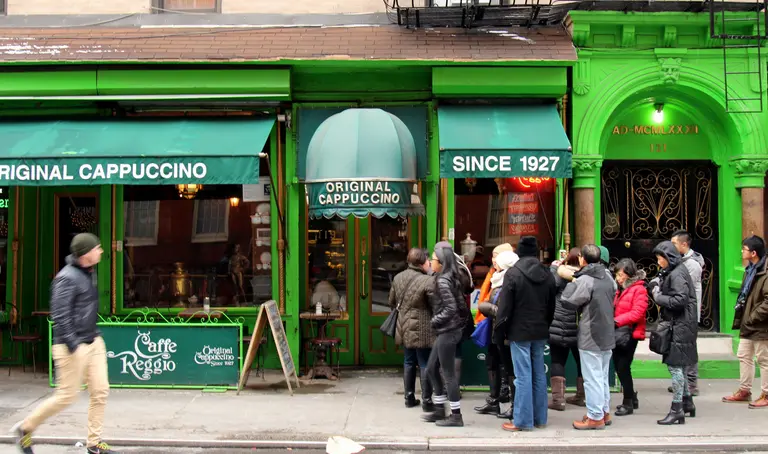May 4, 2016
It's hard to believe, but between the 1940s and '70s pinball was actually banned in NYC, as well as other major cities like Chicago and Los Angeles, for its questionable ethics. While most of us consider the arcade game a wholesome activity, its first iteration was without the flippers and considered a form of gambling. From city raids to seedy backdoor operations, pinball prohibition lasted for more than 30 years, and efforts to get the beloved game legalized were equally dramatic.
Get the full scoop
